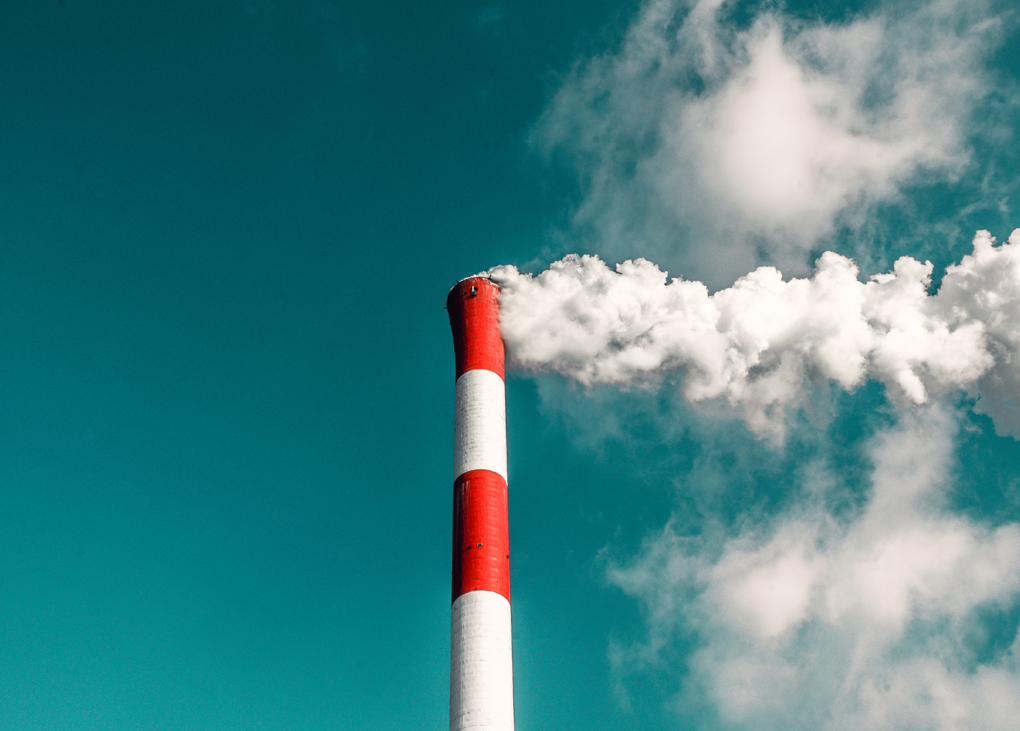A new report in Nature Communications has highlighted a large and unexpected increase in emissions of HFC23 – a hydrofluorocarbon with extremely high global warming potential that is mainly produced as an unwanted by-product during the manufacture of R22.
R22 is a hydrochorofluorocarbon (HCFC) that destroys the ozone layer, and it is being phased out as part of the Montreal Agreement. In Australia, imports have been gradually limited. As of January 1 this year, bulk R22 imported into Australia can only be used for servicing existing refrigeration and air conditioning equipment.
In 2017, China and India comprised 75 per cent of global R22 production, and both countries have set out ambitious programs to reduce HFC23 emissions. The report estimates that these measures should have seen global emissions drop by 87 per cent between 2014 and 2017. Instead, atmospheric observations show that emissions have increased and in 2018 were higher than at any point in history.
Apart from hinting at increased production of R22, the data is a concern because of the quantity of emissions and their contribution to global warming. HFC23 has a GWP of 12,400. The report estimates that almost 310 million tonnes of CO2e emissions were added to the atmosphere between 2015 and 2017.
As a point of comparison, Australia’s emissions for 2017 were estimated at 556.4 million tonnes of CO2e.
 Mark Vender
Mark Vender


Leave a Reply